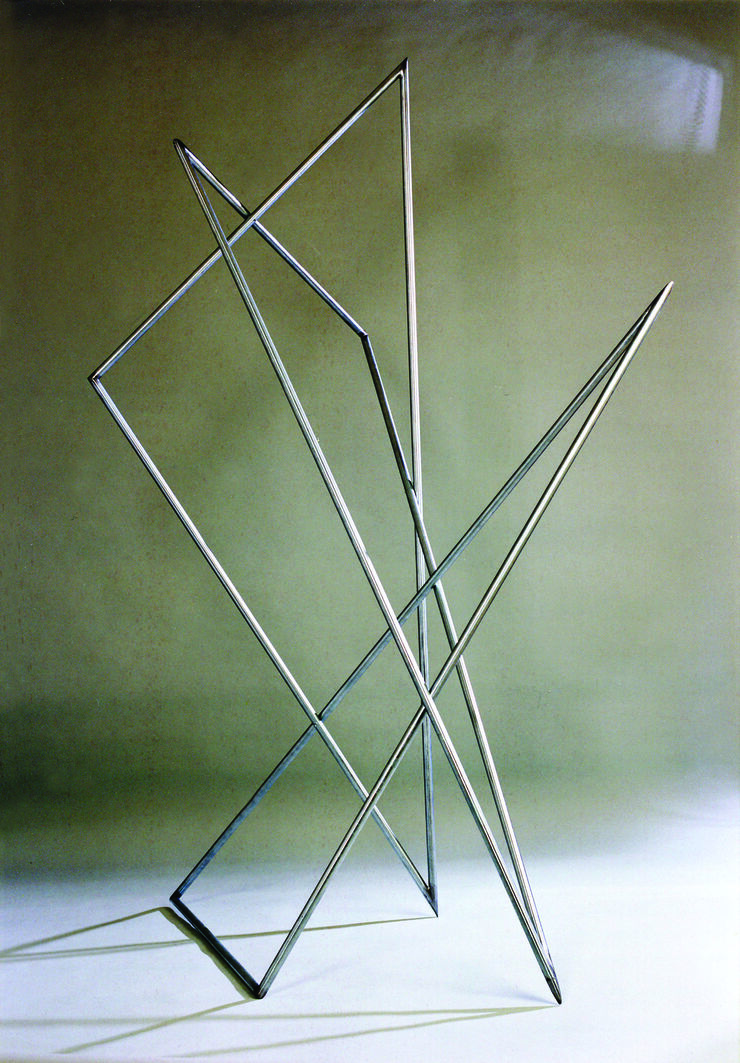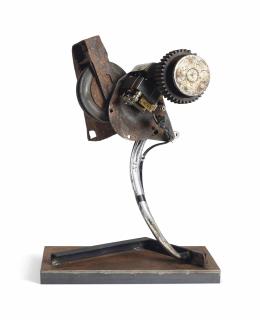Kinetic art is usually expressed in three-dimensional sculptures that are movable. The Greek word kinesis (κῑ́νησῐς) means movement. The work of art can be driven by the wind, gravity, machines or computers. Some art theorists also count Op Art as kinetic art: here, when viewers move around the work, an object also appears to be set in motion. This is based on optical illusions, which is why most theorists identify Op Art as a separate art form.
More on the subject Features

Carried by the land – in search of home
From November 13 to 30, the Fremantle Biennale took place in Australia near Perth, focusing on site-specific contemporary art. Among the exhibiting artists was Raki Nikahetiya with a sensory installation about the intertwining of identity, displacement, and home.

Elementary forms of life: Ria Groenhof's sculptural visual language
Dutch artist Ria Groenhof, who also uses the artist name Atelier 85, has been working as a freelance artist for 40 years. Whether monumental sculptures in public spaces or paintings on canvas, her work combines the clarity of geometry with existential questions. The Art.Salon presents the artist's multifaceted oeuvre.
Dive deeper into the art world
Beeple's rise to the art Olympus
Beeple: just a few years ago, a web designer with two million followers who creates digital artworks in his spare time. Since 2021, he is known worldwide as the third most expensive living artist behind Jeff Koons and David Hockney. How did this meteoric rise come about and what role do NFTs play for Beeple − and what role does he play for NFTs?
Modernism in Silence
She is a national heroine in Finland, but has only become known internationally in recent years: Helene Schjerfbeck fascinates with her original, simple style. For the first time, a major museum in the USA is presenting her work: Seeing Silence: The Paintings of Helene Schjerfbeck opens on December 5 at the Metropolitan Museum of Art in New York.




![Alexander Calder - Mobile [Maquette]](/images/alexander-calder_mobile-maquette_AID278639_320x320.jpg?c=0)










